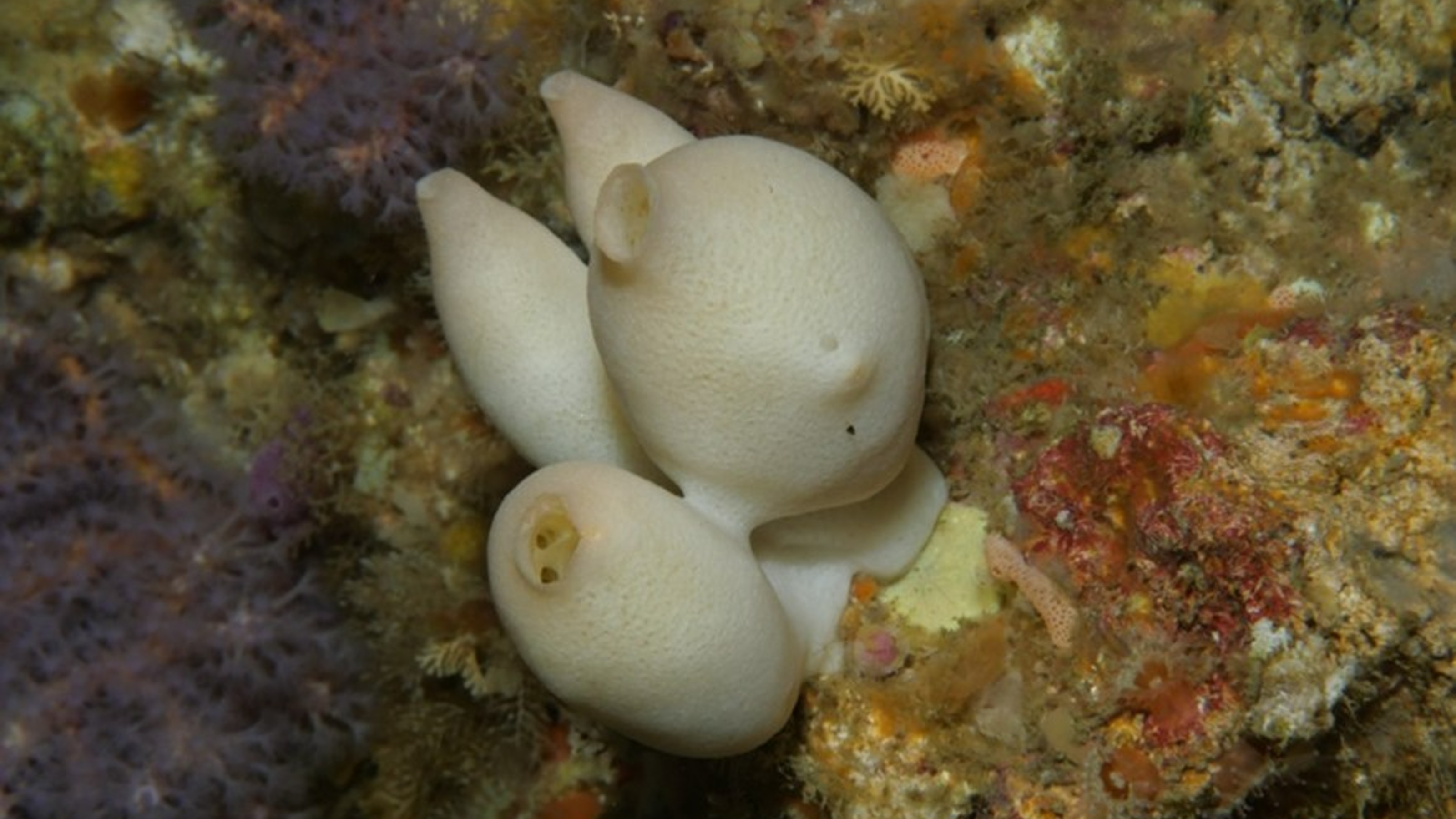Current Research
My research focuses on animal-dominated subtidal ecosystems across the world, with a strong focus on sponges. I have ongoing projects and collaborations in Indonesia, Australia, New Zealand (including Wellington, Northland, Taranaki and Fiordland), Ireland, United Kingdom and New Caledonia. Current areas of active research include:
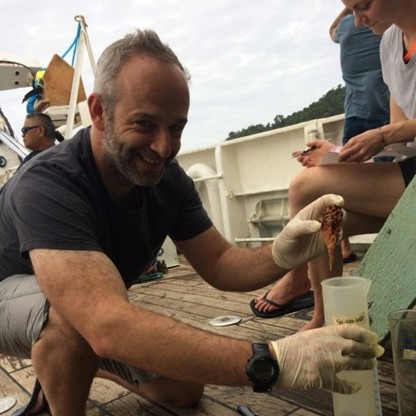
Functional significance and resilience of mesophotic and animal-dominated reefs
Mesophotic reefs lie between 20 and 150 m depth, at the limit of light availability. Our group has been responsible for identification of these ecosystems (called temperate mesophotic ecosystems; TMEs) across New Zealand, and we have found these ecosystems are dominated by sponges. TMEs are of high conservation value but are very poorly studied. Our group operates three mini-ROVs including an advanced Boxfish Alpha. Our work in this area (in collaboration with Dr Alice Rogers from VUW) is focused on understanding the role mesophotic ecosystems play in supporting fisheries productivity and biodiversity, and whether they can provide refuge from environmental stressors (particularly against temperature stress). In addition to focusing on mesophotic ecosystem we are also interested in the ecological significance of shallower animal-dominated reefs, which have also been poorly studied. This work is supported by the George Mason Charitable Trust, Department of Conservation and Greater Wellington Regional Council.
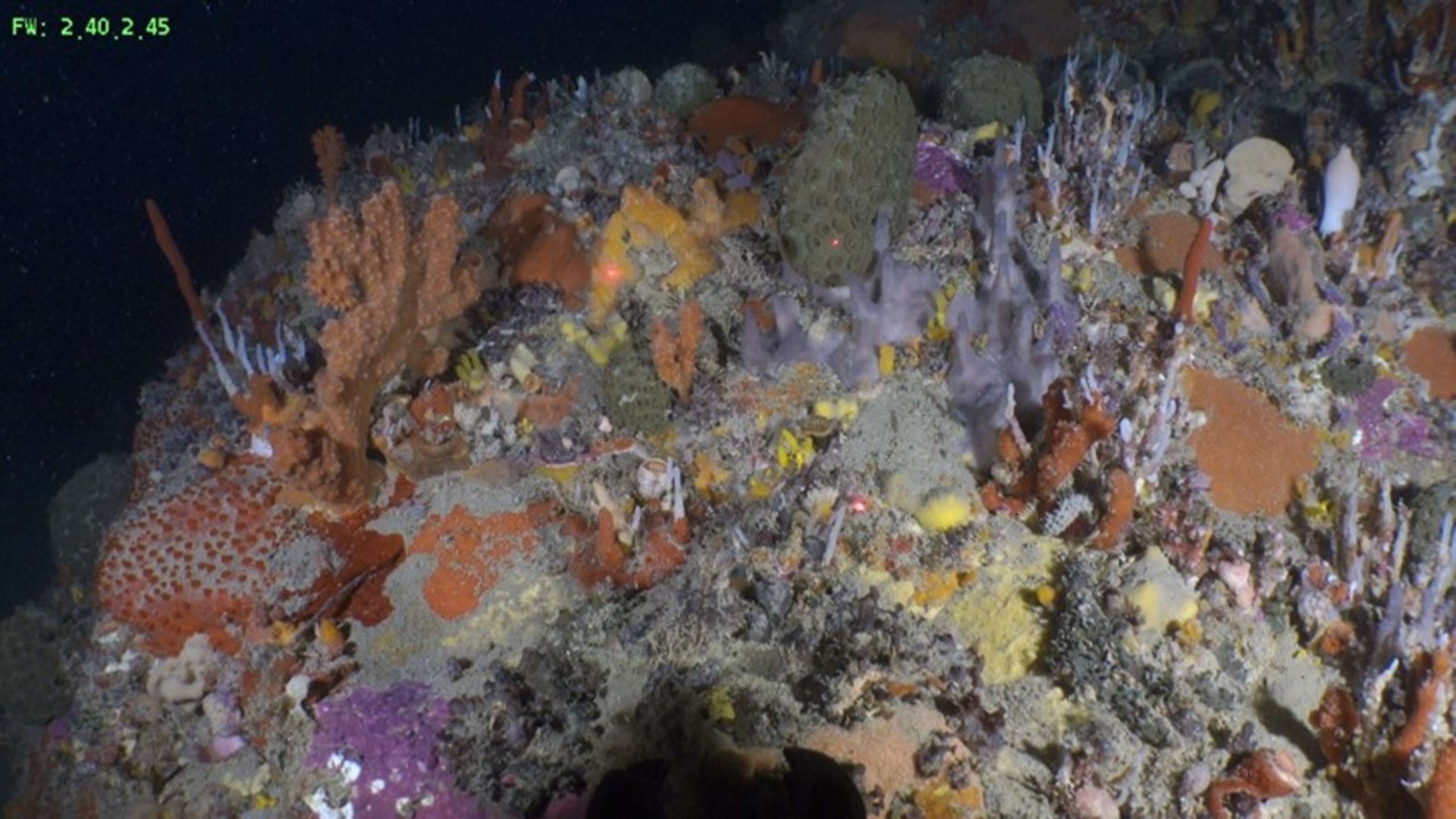
An example of a temperate mesophotic ecosystem in Northland
Marine heat waves as drivers of change in sponge assemblages
Marine Heat waves, periods of anomalous temperatures above mean temperature, are increasingly being recognised as a more important driver of change in marine systems than the longer-term slow increase in sea surface temperature. In May 2022 widespread bleaching of sponges were reported in Fiordland New Zealand, and subsequently more decaying and necrotic sponges were reported from the north of New Zealand. These events impacted millions of sponges and were strongly correlated with extreme marine heat waves. This part of my research program focuses on the way sponges respond to marine heat waves and temperature stress more generally, the mechanisms of bleaching, and particularly why some species appear to be tolerant and others are not. This work includes field studies, experiments and molecular tools to understand the role of microbes in sponge tolerance.
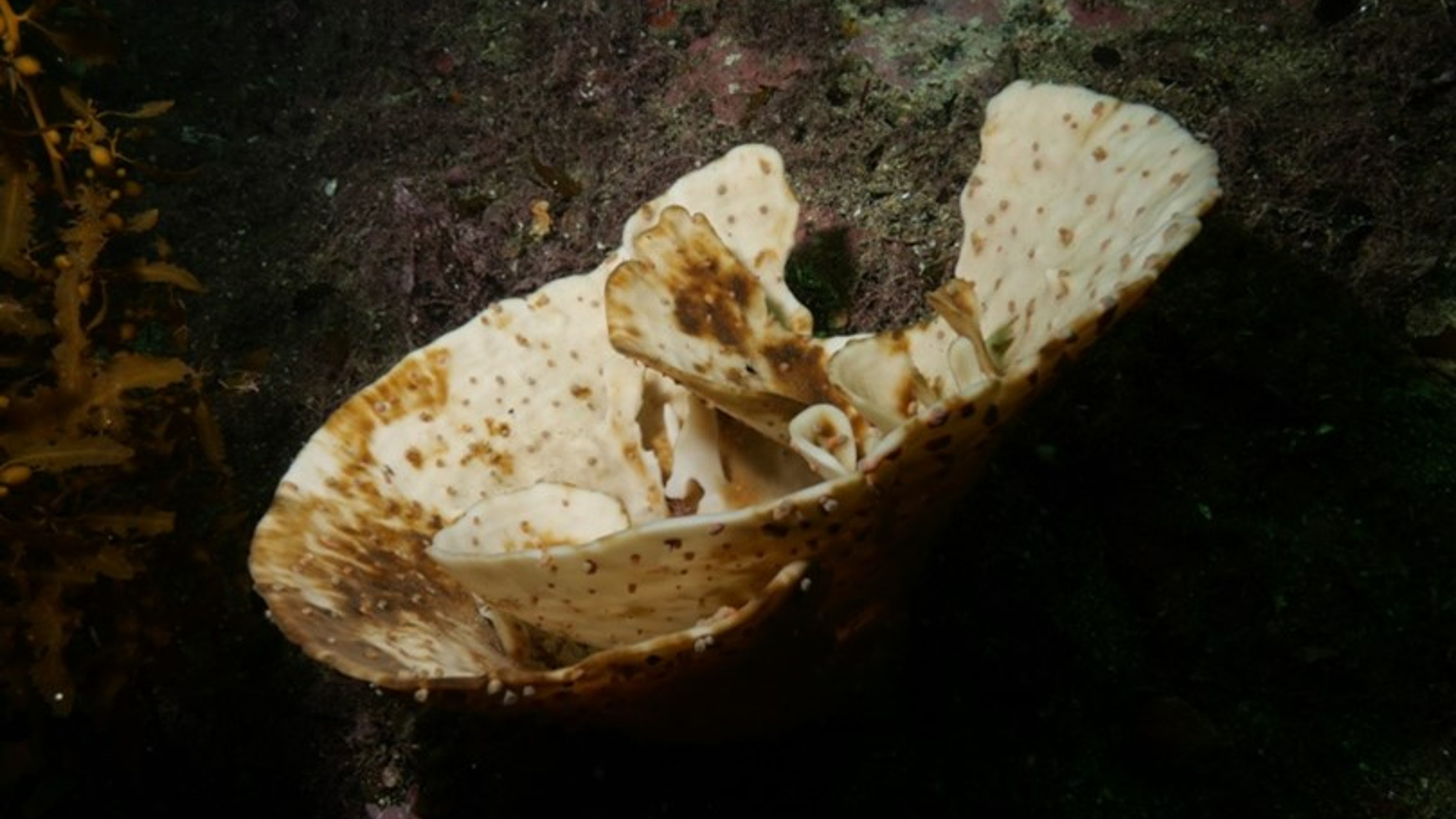
A bleached sponge in Fiordland May 2022
Understanding changes at Lough Hyne Marine Nature Reserve, Ireland
I completed by PhD at Lough Hyne in 2000, with my work focusing on the amazing sponge gardens at this site. I returned in 2016 to the lough to find major changes had occurred with the loss of over 90% of the sponges. Our group has been working with University College Cork (Prof Rob McAllen and Luke Harman) and the National Parks and Wildlife to first quantify the changes, and now to assess recovery through the establishment of a long-term monitoring programme. Our work as Lough Hyne has also been trying to establish the causes of the major changes through a range of experimental approaches.
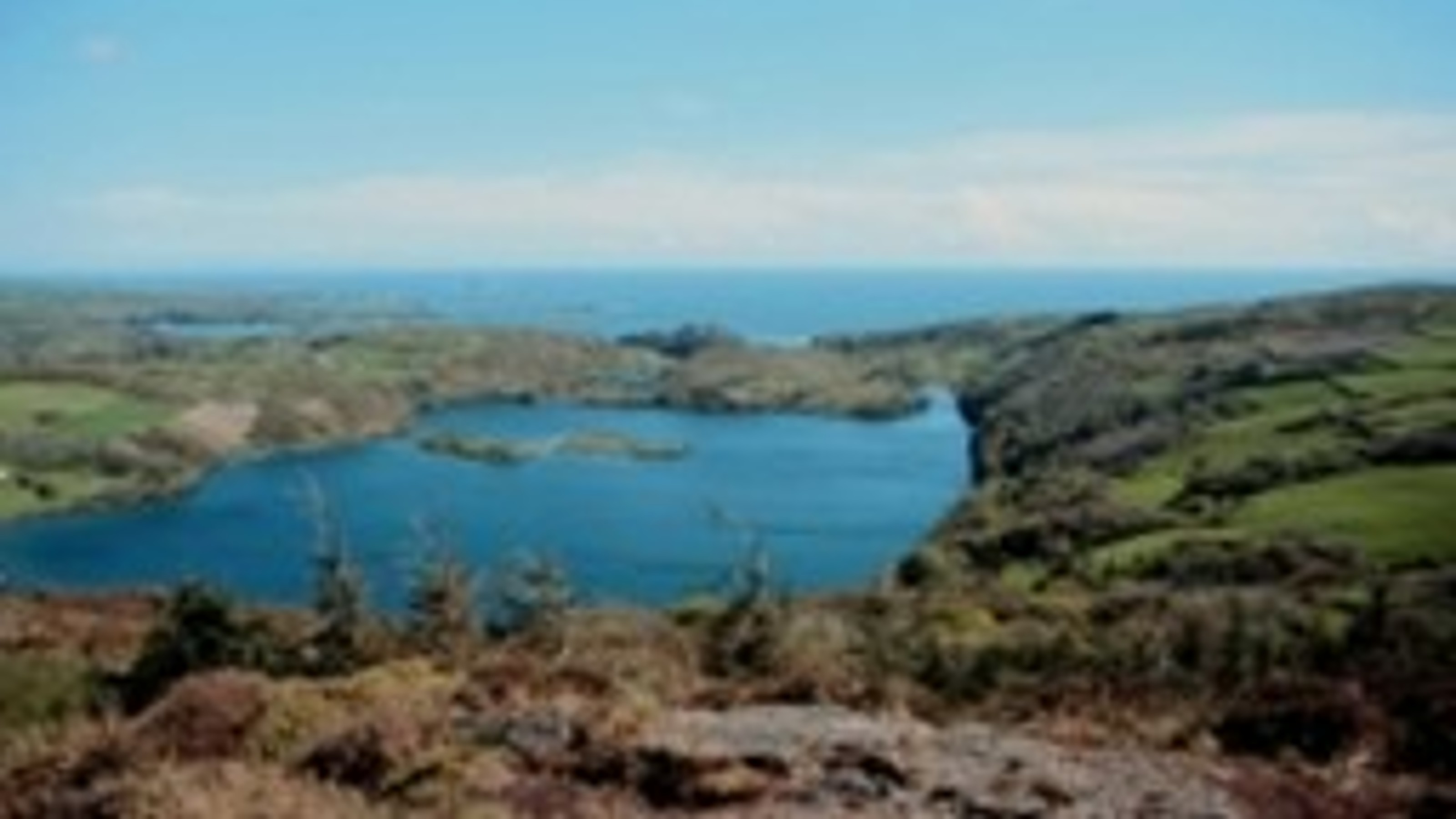
Lough Hyne Marine Nature Reserve
Ecosystem consequences of climate change impacts on sponges
This is a major focus of current research, and was originally driven by my hypothesis that some coral reefs may become sponges reefs in the future as our climate changes. I proposed this hypothesis with a number of key collaborators several years ago in responses to changes we have observed to sponge-dominated on some coral reefs. My group is currently working on the impact of increasing sea surface temperature, ocean acidification and deoxygenation on both tropical and temperate sponges and their associated microbial fauna. We are examining the physiological impacts, ecological consequences and potential acclimation mechanisms of sponges to changing environmental conditions. We are also interested in the ways in which critical sponge-mediated processes (e.g. feeding) are impacted by climate change.
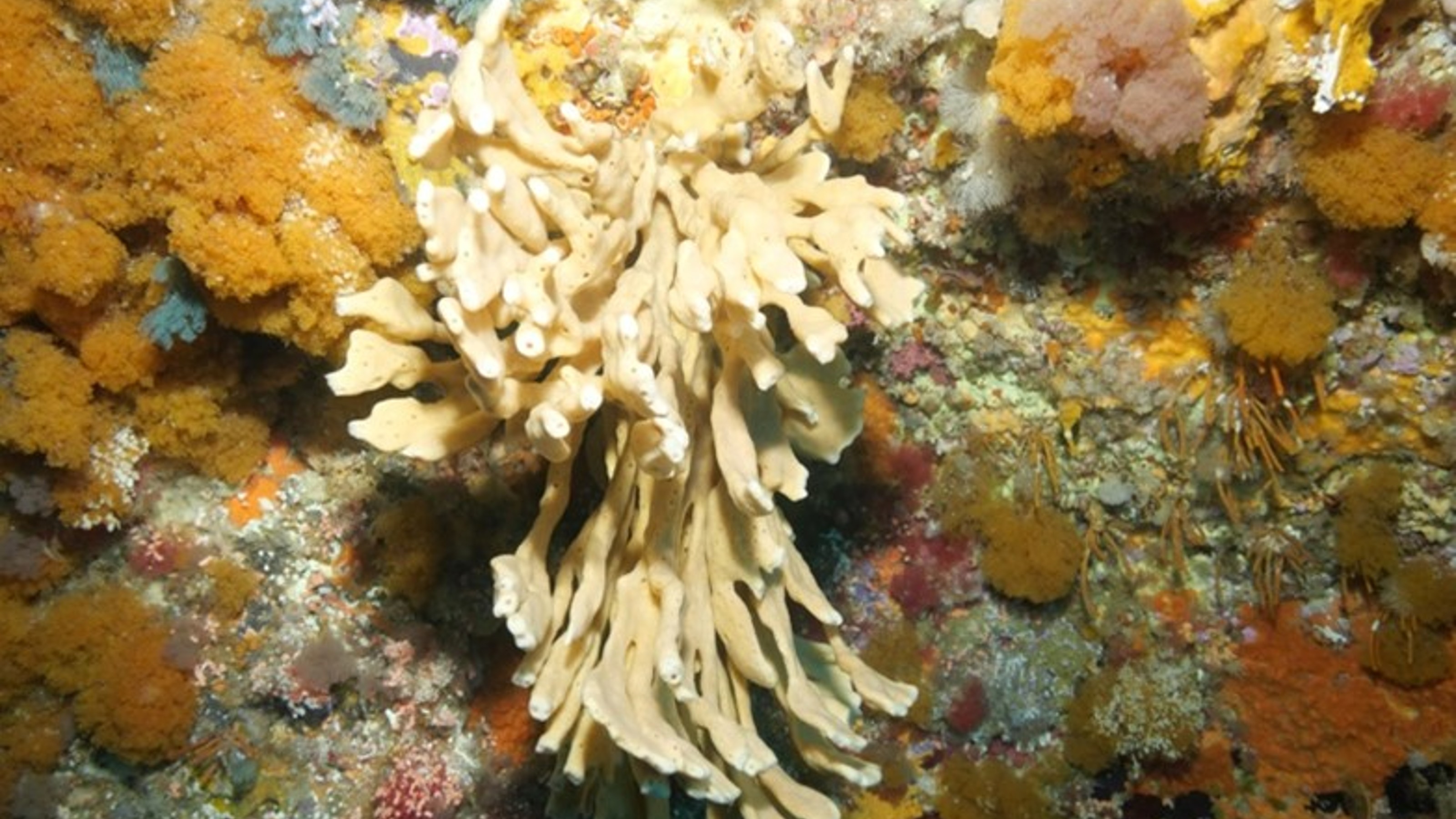
Sponges are one of the most abundant organisms in rocky reefs in NZ
Impacts of environmental stressors on sponges
This work is focused on the physiological and ecological impacts of a range of other environmental stressors on sponges. Our current research in this area focuses on the impacts of changes in water quality, nutrients, microplastics and hydrocarbons on sponges at different life-history stages.
Factors influencing local, regional and global patterns of sponge biodiversity
Research in this area aims to identify the key biological (e.g. predation and competition) and physical factors (e.g. sedimentation and wave action) that influence natural patterns of temporal and spatial variation in sponge assemblages. I am interested in identifying those factors or combinations of factors that drive sponge assemblage structuring, with the aim of identifying how these might change and influence sponges in response to environmental degradation.
Functional ecology
Sponges have many important functional roles in marine environments and my research is focused on understanding which roles are most important in which locations, and how these roles vary temporally. At present we are particularly focused on the interactions between sponges and the water column (feeding and nutrient fluxes), their role as spatial competitors and bioerosion ability.
Much of our work involves laboratory and field experiments.
Application of genetic tools to understanding sponge reproductive ecology, population connectivity and cryptic species
My group uses genetic tools in a number of ways to study sponges including identifying potential cryptic speciation and identifying invasion routes for non-indigenous sponge species. We are also applying these genetic tools to better understand patterns of sponge population connectivity and differential reliance of sponges on asexual and sexual reproduction. Currently, we are in the process developing a whole genome sequence for the sponge Leucettusa lancifera, which is a depth generalist, and will be used to develop a panel of Single Nucleotide Polymorphisms (SNPs) for connectivity studies and to test the deep reef hypothesis.
The sponge Leucettusa lancifera that we are using as a model to test the deep reef hypothesis
Ecology and resilience of the black coral Antipathella fiordensis
Antipathella fiordensis is a nationally important and iconic species that is endemic to New Zealand. It is classified as an ‘at risk’ species due to its restricted range, being found only in the Fordland region. This species is unique amongst other black coral species in New Zealand as it can be found in very shallow water (< 5m) and large colonies can be over 300 years old, making them one of the oldest shallow water organisms in New Zealand. The long-life span, restricted range and shallow distributions makes A. fiordensis particularly susceptible to anthropogenic impacts. The aim of this research is to increase our understanding of the ecology of the black coral Antipathella fiordensis in Fiordland and determine how this species will respond to environmental impacts including fishing, climate change and changes in land use. It is anticipated that this information will support the future management, protection, and conservation of important species. We also expect to collect distribution data on other coral species we encounter. This work is funded by the Department of Conservation.
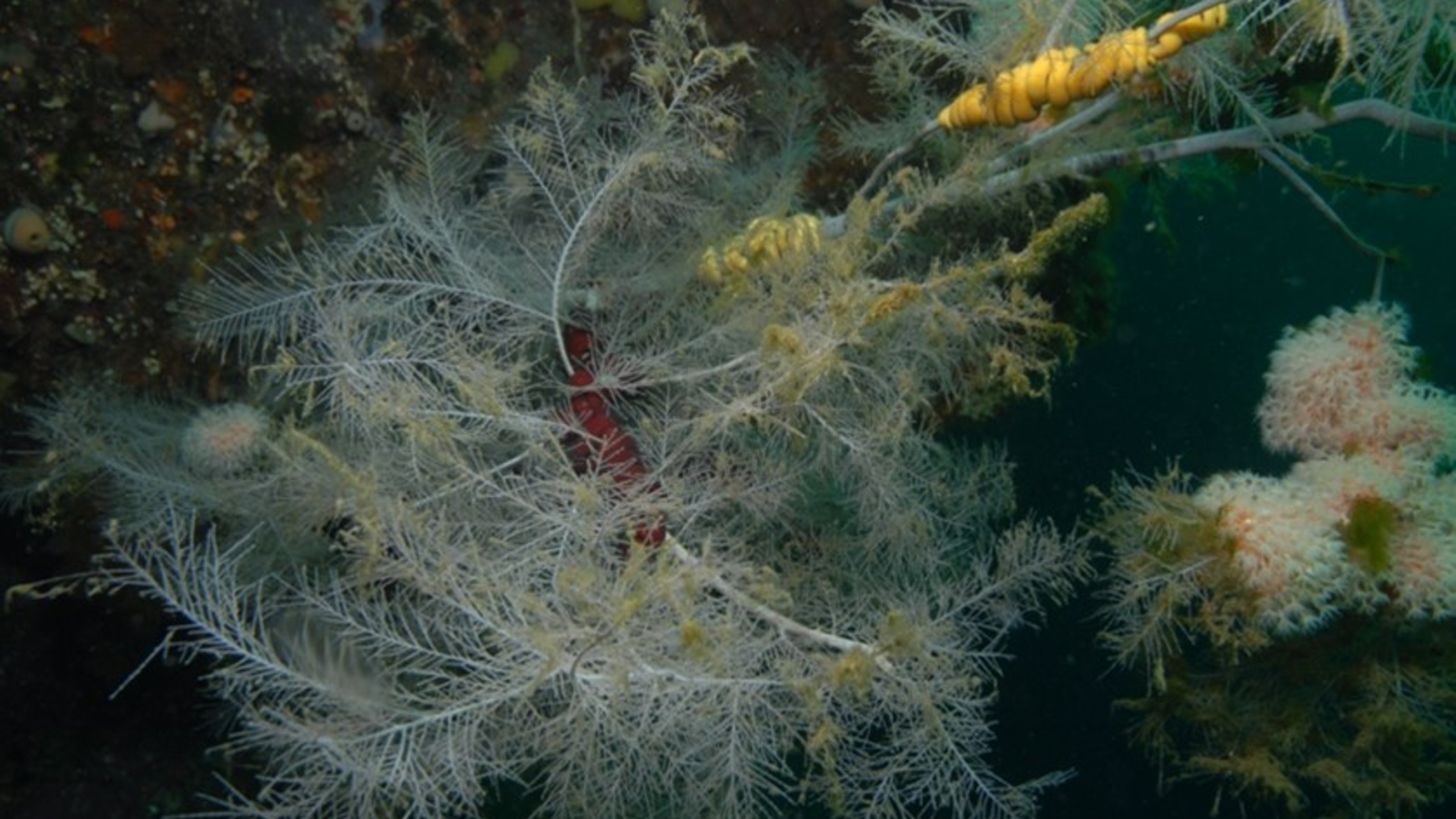
Black coral in Fiordland


